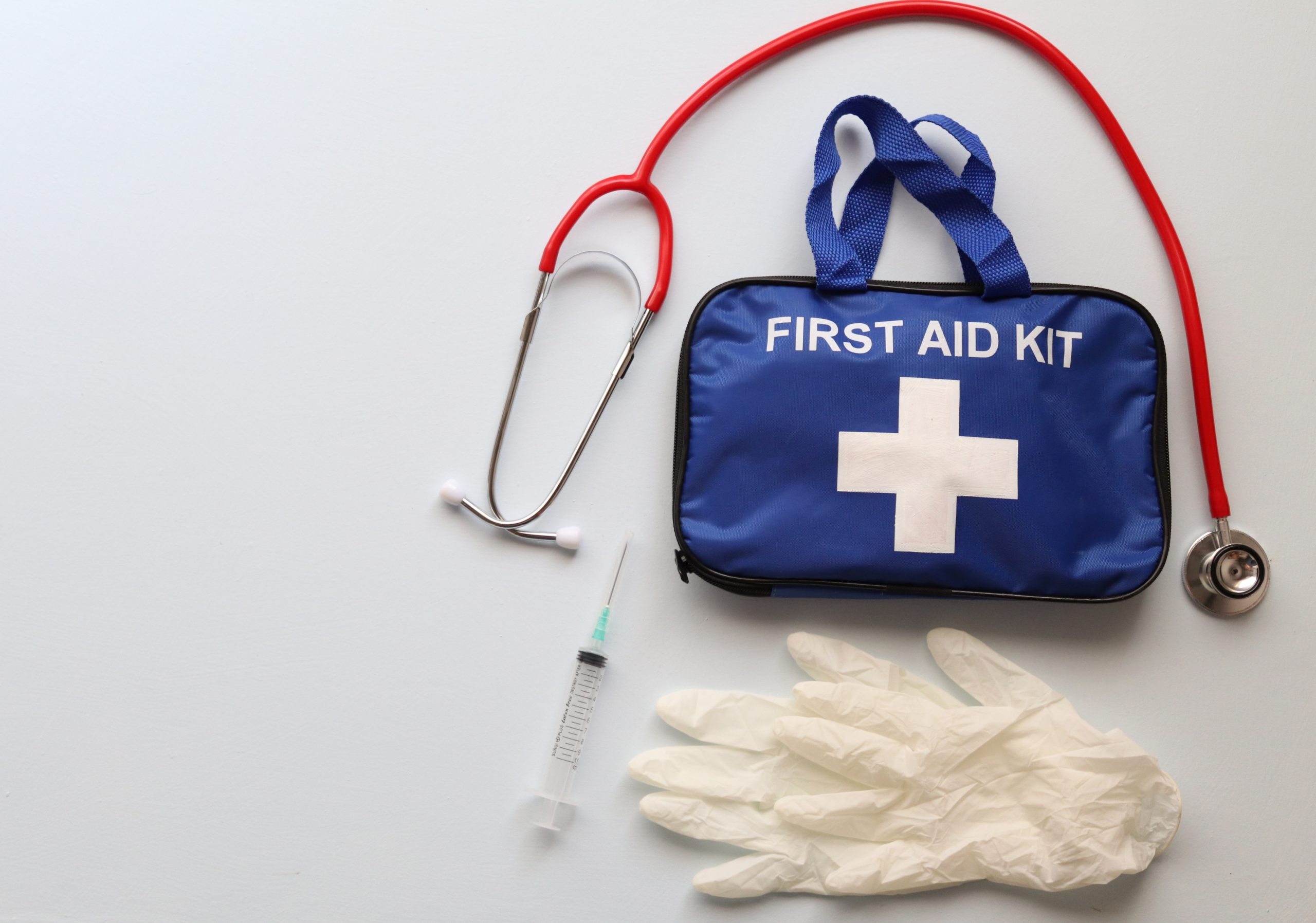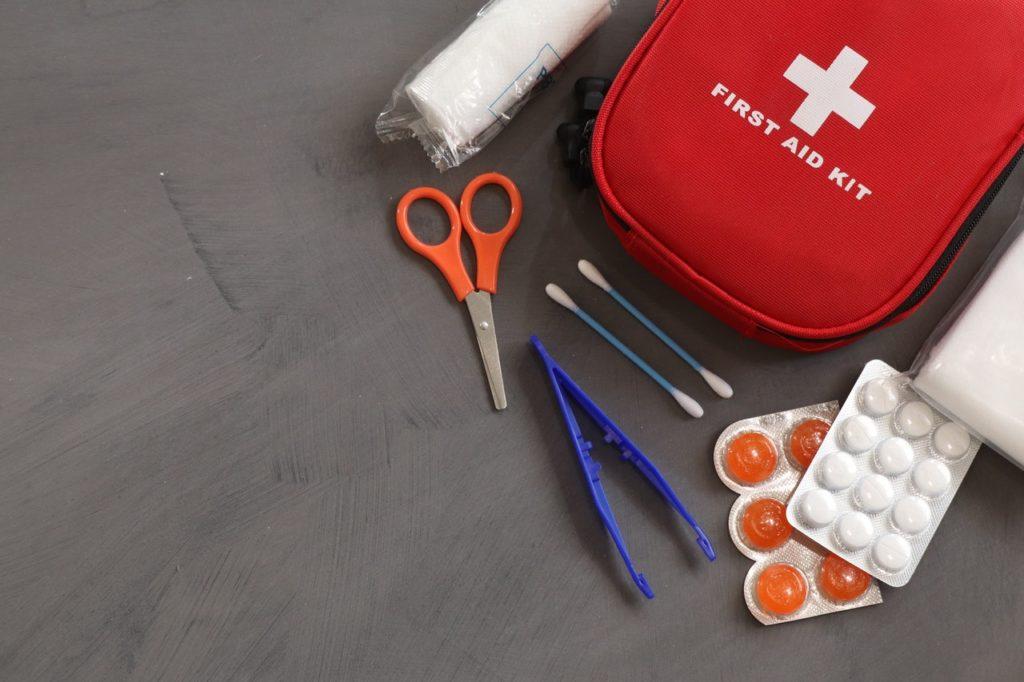1st Rule: Don’t forget you first aid kit when you go hiking!

|
Getting your Trinity Audio player ready...
|
A first aid kit or a first aid box is a container in which we store various instruments and medicines for first aid. It is essential at home, in the car, and when travelling and hiking in case of illness or accidents. The first aid box should also contain instruments and devices to ensure the survival of it owner. For example: a compass, a lighter… Therefore, hikers and their animators have to carry a first aid kit.
Why should you take a first aid kit with you on a hike?
Nowadays, many hiking destinations are found all over the world, whether by bike or by camping-car. We all know that hiking is a physical activity on foot or on wheels that is performed in groups or alone. As such, hikers can encounter all kinds of problems, especially physical and health problems during their activity. A first aid kit is therefore designed to deal with all these incidents, especially unexpected illnesses.
Here are the risks to which hikers may be exposed:
- Muscle and joint problems: sprains, cramps, sprains, etc.
- Injuries: wounds caused by objects, by nature…
- Blows and falls: accidents in the mountains, in the forest…
- Animal attacks: insect stings, bites…
- Various illnesses and crises: allergies, asthma, hypoglycaemia, headaches, hyperthermia…
The kit also helps with survival in the wild, such as orientation, nutrition and well-being during the hike. Given its importance, the preparation of your first aid kit must be meticulous. And it should not be too bulky or heavy. Take the essentials with you. Then you can think about taking other things, such as a headlamp, an insulated bottle, etc.
What does a hiking first aid kit usually contain?
A hiking kit should be complete and contain only the essentials. Therefore, these are classified by category.

Medication
Your first aid kit should contain medicines for your frequent and/or usual illnesses such as diabetes, high blood pressure, asthma, gout and allergies. You should also plan to bring medication for various ailments such as headaches, diarrhoea and hypoglycaemia. You should therefore bring painkillers and sweets.
Treatment of injuries
In case of injuries, hikers should have the necessary tools to dress the wounds:
- Protection and basting: compresses, plasters, cotton wool…
- Antiseptic: betadine, dakin, soap…
- Anti-inflammatory: Ibuprofen, Diclofenac…
- Tools: scissors, first aid memo…
The hiker should also bring bandages of different sizes in case of sprains. Sprays are also essential for these muscle problems, as well as for insect bites.
Protection
First of all, to protect yourself from possible hypothermia or hyperthermia, it is necessary to bring a classic survival blanket (silver and gold side). In addition, you need nitrile or latex gloves for various reasons (helping an injured person, preparing meals…). Environmental protection equipment should also be part of the first aid kit: sunglasses, hat, sunscreen, etc.
Survival tools
Survival tools are very important to facilitate the hike and ensure safety. You will probably need a compass for orientation, a distress whistle or a light stick to signal your position. A splinter gun, lighter, rope and torch should be included in your first aid kit. In addition, you should carry a Swiss Army knife, which is an essential and all-purpose tool.
Variations in the contents of first aid kits
Not everyone has the same kit, as the contents of first aid kits vary according to several factors. First of all, the contents of the kit depend on the health and physical condition of the owner. The kit of a frail person is obviously more loaded.
Then, the number of items that the kit should contain varies according to the conditions of the trek: distance, duration, access to help and especially the weather conditions. If you want to go to Everest, for example, your kit must be complete. It also differs in relation to the risks involved in the trek. Of course, not to mention your ability to carry a heavy pack or not.






